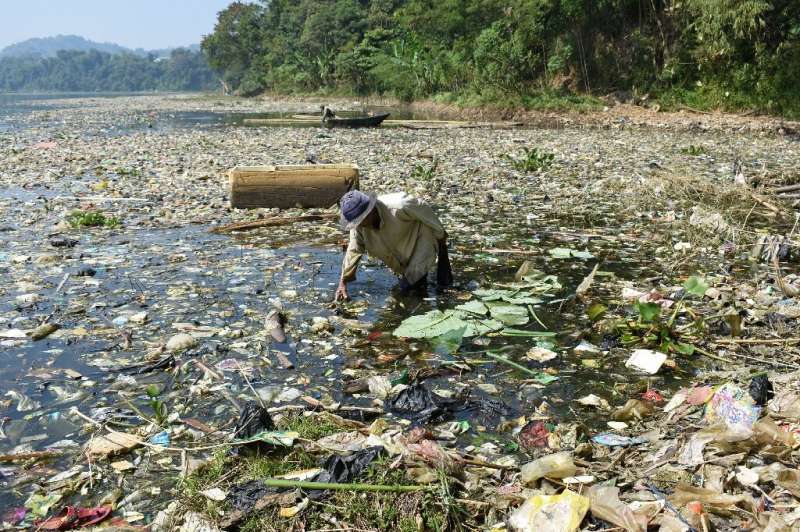
From ocean depths to mountain peaks, humans have littered the planet with tiny shards of plastic. We have even absorbed these microplastics into our bodies—with uncertain implications.
Millions of tonnes of plastic produced every year, largely from fossil fuels, make their way into the environment and degrade into smaller and smaller pieces.
“We did not imagine 10 years ago that there could be so many small microplastics, invisible to the naked eye, and that they were everywhere around us,” said Jean-Francois Ghiglione, a researcher at the Laboratory of Microbial Oceanography in France.
“And we could not yet envisage finding them in the human body”.
Now scientific studies are increasingly detecting microplastics in some human organs—including “the lungs, spleen, kidneys, and even the placenta,” Ghiglione told AFP.
In 2021, researchers found microplastics in both maternal and foetal placental tissue, expressing “great concern” over the possible consequences on the development of the foetus.
But concern is not the same as a proven risk.
“If you ask a scientist if there is a negative effect, he or she would say ‘I don’t know’,” said Bart Koelmans, professor in Aquatic Ecology and Water Quality at Wageningen University.
It may not come as much of a shock that we breathe in these particles present in the air, in particular microfibres from synthetic clothing.
“We know that there’s microplastics in the air, we know it’s all around us,” said Laura Sadofsky, from the Hull York Medical School in the UK.
Some 460 million tonnes of plastics were used in 2019, twice as much as 20 years earlier. Less than 10% was recycled.
Annual production of fossil-fuel-based plastics is set to top 1.2 billion tonnes by 2060, with waste exceeding one billion tonnes.
“People cannot stop breathing, so even if you change your eating habits you will still inhale them,” said Koelmans.
“They’re everywhere.”